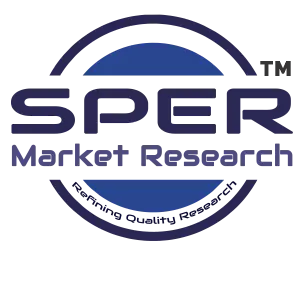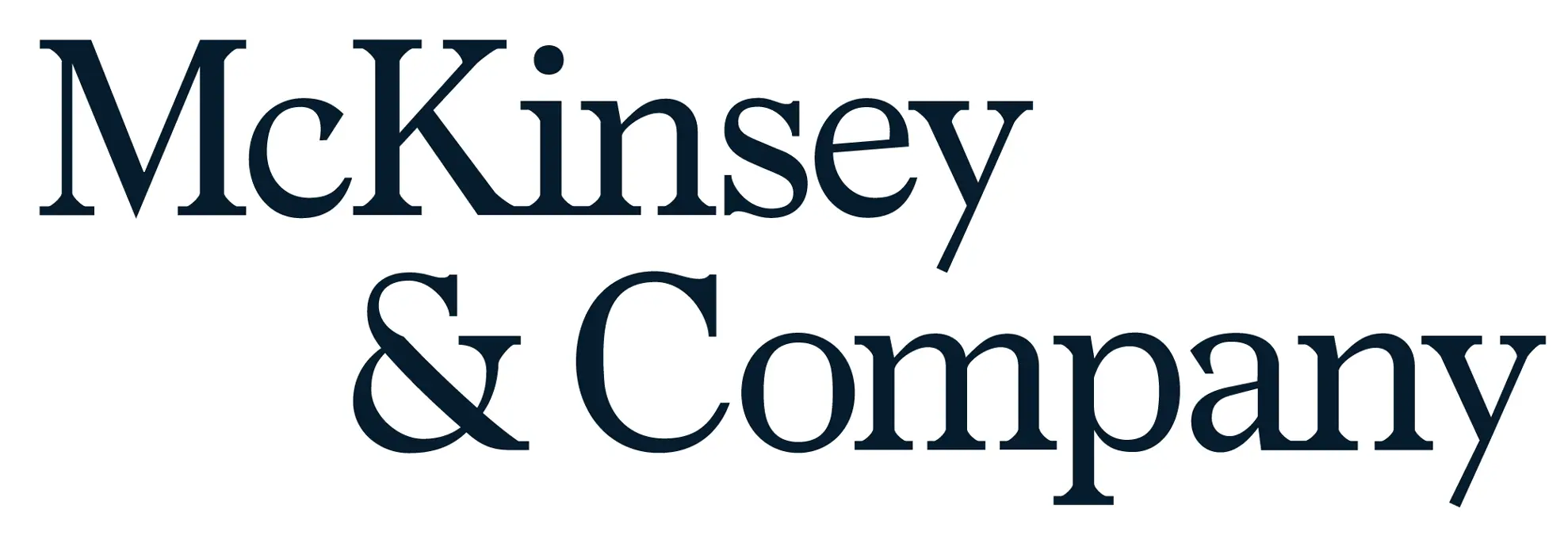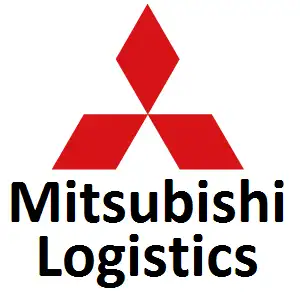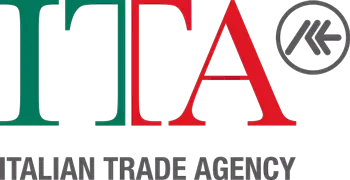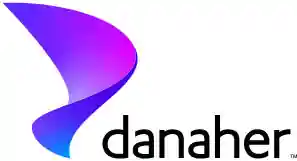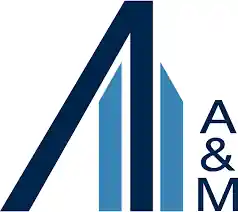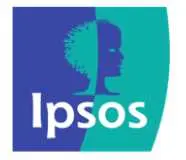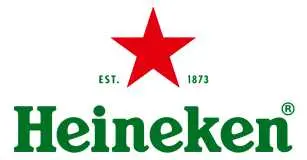A sophisticated imaging technique called dual and multi-energy computed tomography (CT) uses two or more energy levels to provide finely detailed diagnostic images of the human body. By examining how various tissues absorb different energy levels, this technique enhances tissue distinction, material characterisation, and lesion detection in contrast to traditional CT, which employs a single energy source. It allows for the creation of simulated non-contrast images, improves image clarity, and lessens artefacts. Dual and multi-energy CT is widely used in cardiology, vascular imaging, and oncology. It helps with early disease identification, better treatment planning, and accurate diagnosis, all of which lead to more individualised and precise healthcare solutions.
Drivers:
A number of important factors are driving the dual and multi-energy computed tomography (DECT) market. The accuracy and effectiveness of DECT systems have been greatly increased by technological developments, including better image processing, reconstruction algorithms, and detection technologies. The need for sophisticated diagnostic tools is growing since chronic diseases, such as cancer and cardiovascular disorders, are becoming more common. Furthermore, both patients and medical professionals are increasingly favouring non-invasive diagnostic techniques. By offering precise, high-resolution images without the dangers of intrusive procedures, DECT systems meet this requirement and promote early diagnosis, efficient treatment planning, and improved patient outcomes.
Challenges:
There are a number of obstacles that could prevent the dual and multi-energy computed tomography (CT) business from expanding. Smaller hospitals and diagnostic facilities may find the large upfront investment and continuing maintenance expenses to be unaffordable. Furthermore, despite developments aiming at dose reduction, worries regarding radiation exposure from CT scans continue, increasing awareness of possible long-term health repercussions. The absence of a trained crew that can operate and maintain these sophisticated devices is another major barrier. The broad adoption and best use of DECT technologies are restricted in many areas by a lack of qualified radiology technicians and specialists.
Market Trends:
The use of dual and multi-energy modalities has been further accelerated by technological developments in CT imaging techniques. Ongoing advancements enhanced diagnostic capacities, allowing medical professionals to provide better patient results. The growing use of cutting-edge imaging technologies in clinical settings served as proof of this trend. The incorporation of dual-energy techniques, for instance, improves tumour characterisation and maximises tissue type differentiation. In order to satisfy the growing demands for high-quality treatment, especially from elderly patients, healthcare providers were forced to make investments in cutting-edge imaging technologies.
.Global Dual and Multi Energy Computed Tomography Market Key Players:
Koninklijke Philips N.V.; GE HealthCare; Siemens Healthcare Limited; Canon Medical Systems Corporation; FUJIFILM Corporation; Shimadzu Corporation are just a few of the major market players that are thoroughly examined in this market study along with revenue analysis, market segments, and competitive landscape data.
Global Dual and Multi Energy Computed Tomography Market Segmentation:
By Product: Based on the Product, Global Dual and Multi Energy Computed Tomography Market is segmented as; Prospective, Retrospective.
By Application: Based on the Application, Global Dual and Multi Energy Computed Tomography Market is segmented as; Oncology, Neurology, Cardiology, Vascular Musculoskeletal.
By End Use: Based on the End Use, Global Dual and Multi Energy Computed Tomography Market is segmented as; Hospitals, Diagnostic Imaging Centers, Others.
By Region: This research also includes data for North America, Latin America, Asia-Pacific, Europe, Middle East & Africa.
This study also encompasses various drivers and restraining factors of this market for the forecast period. Various growth opportunities are also discussed in the report.


